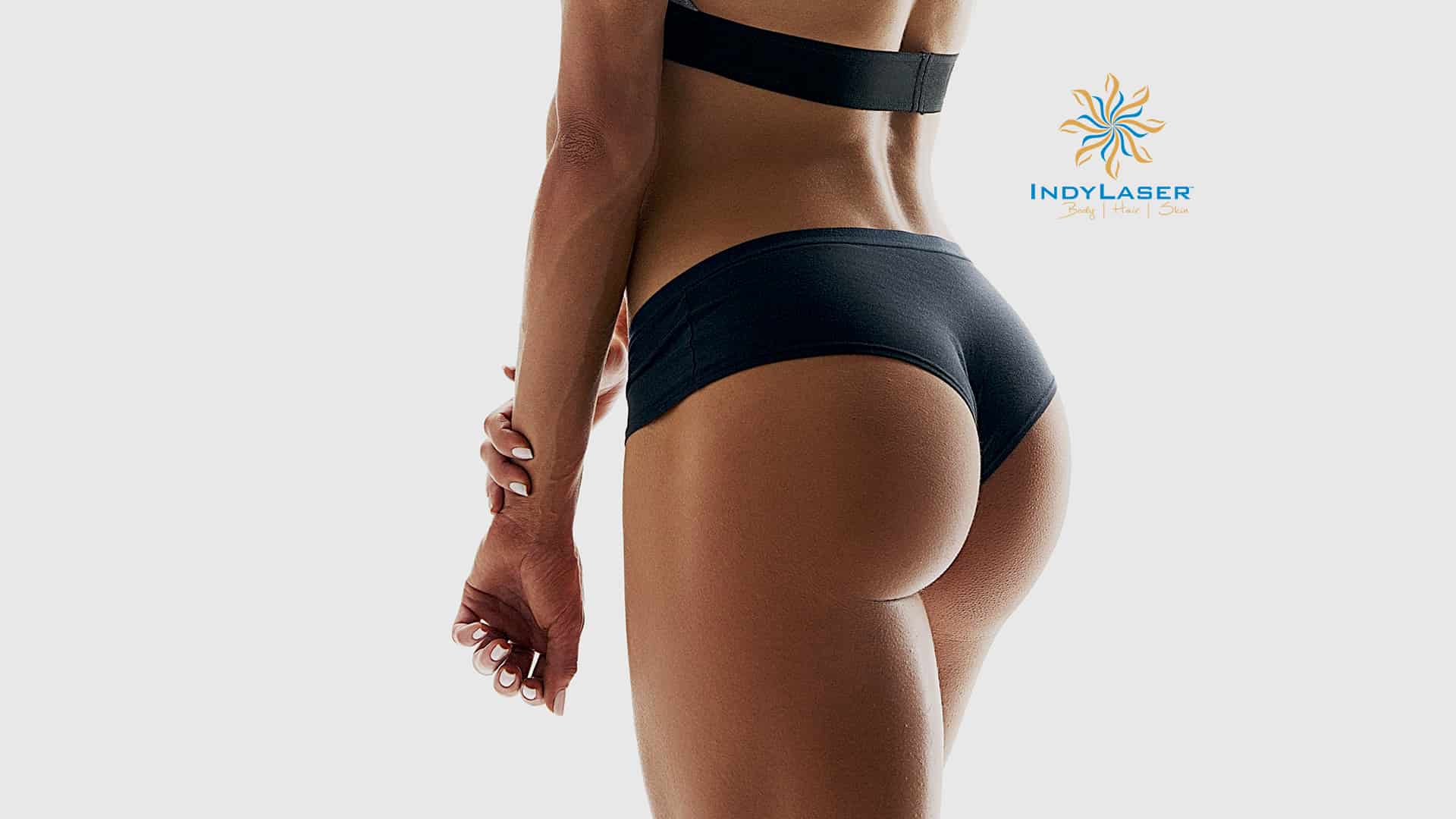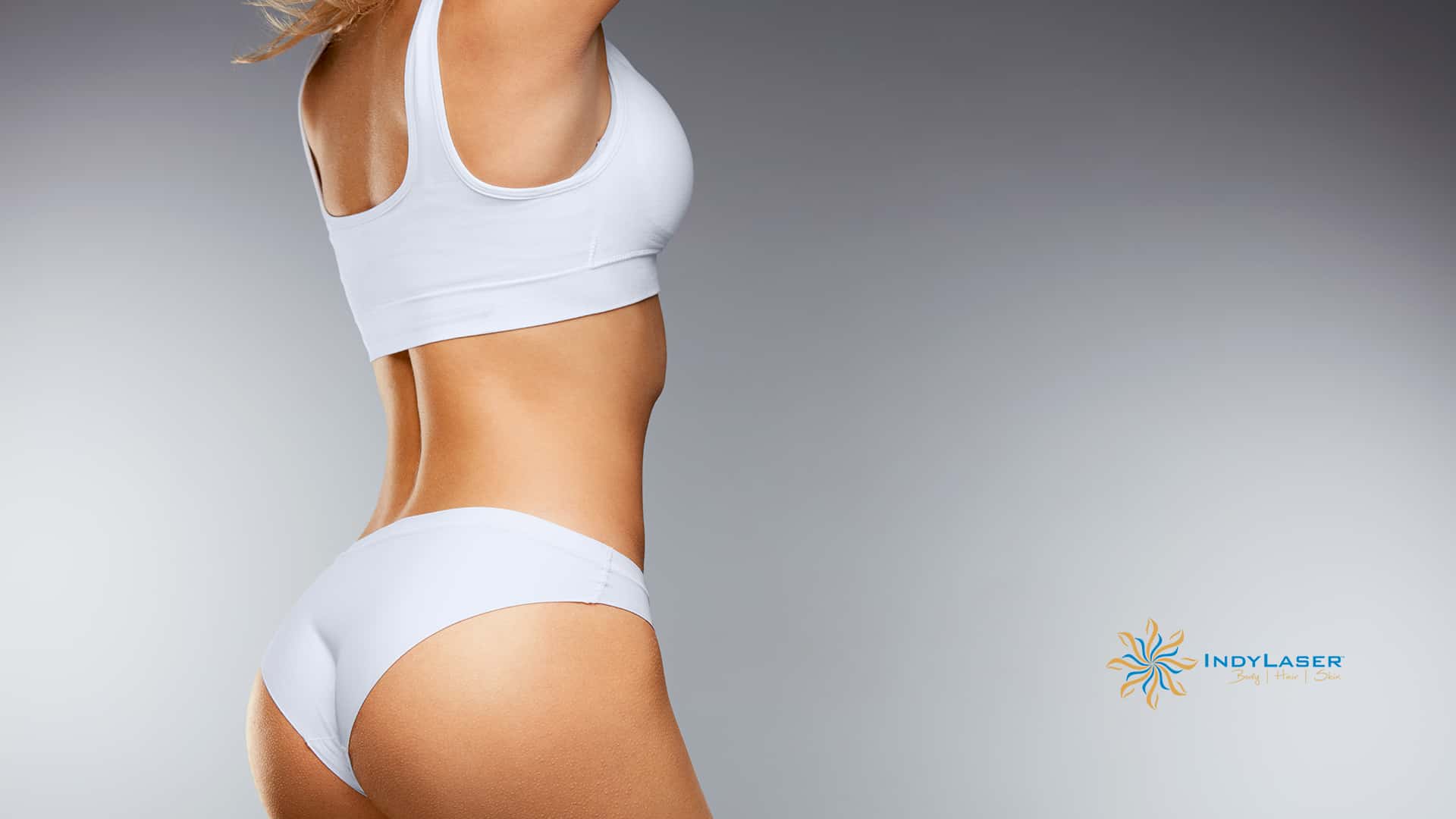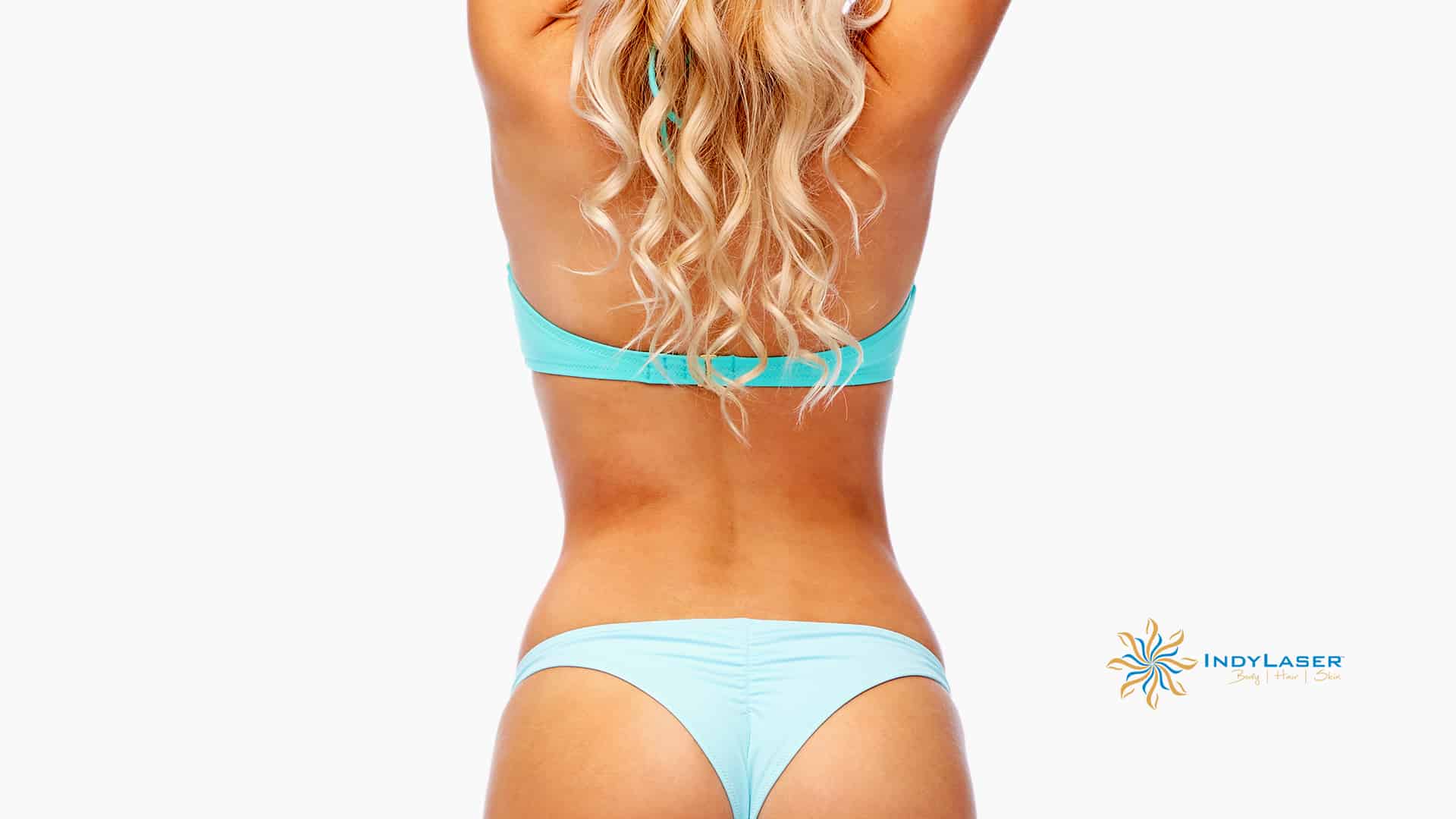How to Deal with Your Lower Back Hair
Current beauty standards dictate that no man or woman should ever have back hair, much less lower back hair. Nevertheless, it’s there and it’s a plight that we must all endure. Regardless of whether you’re a man or a woman, lower back hair can certainly pose problems for you (not to mention it’s unsightly).
Men might experience having lower back hair more than women but there are certainly women who might also suffer from having a carpet on their back. And having it removed can be difficult (since you can’t see it) and costly if you stick to temporary methods such as shaving and waxing. So what hair removal options should you do to make the process cheaper and more bearable? Read on to find out.

What Causes Lower Back Hair?
The main culprit for excessive body hair are hormones called androgens, which are more commonly referred to as male hormones. But while the name may indicate a preference for men, both genders actually have the ability to produce these hormones, although they’re produced in larger quantities by men.
As men produce more androgens than women, they also typically have more body hair than women. Women may also develop way more body hair than usual when they produce the hormone in excess. That is why it’s not uncommon to see some women having more hair on their legs or lower backs than others.
Some medical conditions can also lead to excessive hair growth, whether on the entire body, or localized in a certain region. These include hirsutism, which causes male-like body hair development on certain areas such as the upper lip or lower back, and hypertrichosis or ‘werewolf syndrome’, which causes abnormal hair growth on different parts of the body.

Treatment Options for Lower Back Hair
Each person has their own way of dealing with lower back hair. These treatment options effectively deal with unwanted hair on your lower back, but may also come with their own disadvantages.
Shaving
Shaving is perhaps the most popular lower back hair removal method. However, this can be difficult to perform, especially since you can’t see your lower back. When done ineffectively, it can leave a stubble that just feels rough to touch. And when done too closely, might cut your skin and cause unsightly scars.
Hair Removal Creams
Creams are applied on the lower back to chemically burn off the hair, leaving no stubble and leaving you with just baby smooth skin. One of its biggest advantages over shaving is that it doesn’t pose the same cutting risk while achieving a closer cut. However, be careful when using these creams as some may cause an irritation on the skin, causing rashes or chemical burns.
Tweezing
When cutting the hair off proves ineffective, why not try pulling it out? Tweezing involves using a tweezer to pull hair out one by one. But is it really worth it? Next!
Waxing
A better alternative to tweezing, waxing pulls out unwanted hair, including its roots, and takes care of business one large area at a time using hot wax. A big downside to waxing, however, is that it’s incredibly painful.
But perhaps, the biggest disadvantage most common among these treatment methods is that they only present a temporary solution. This means hair can actually grow back in a matter of days, or a couple of weeks max. Considering you have to do the treatment all over again regularly for many, many years, what you thought was a cheaper alternative might actually cost you more than you might think.

Laser Hair Removal for Lower Back Hair
If you want a more powerful, permanent solution to reduce lower back hair, then laser hair removal is for you. Laser hair removal makes use of high energy beams of light to take care of unwanted hair from its roots, and destroys it from within, to make sure they don’t grow back. This means no more lower back hair while saying goodbye to your regular shaving, tweezing, or waxing routine.
With laser hair removal, you can:
- Get rid of lower back hair for a very, very long time.
- Ditch your razor, cream, tweezer.
- Feel confident about not having to worry about hair on your body.
Frequently Asked Questions about Laser Hair Removal for Lower Back Hair
Does laser treatment on lower back hair hurt?
It depends on your threshold of pain, but normally, it does not. The lower back is not too sensitive to pain, unlike the underarms and pubic region. Sensation you may feel during treatment should amount to nothing more than a small rubber band snapping on your back during each pulse.
I just finished my fourth session of treatment but I can still feel hair on my lower back. Is this normal?
Hair grows at varying rates so it may take some time to actually remove all the hair on your lower back. But you may notice that the hair growing on your back might actually be thinner than usual. That means that you are responding well to the treatment and should take no more than a few more sessions to complete the entire process.
Is it normal to feel some bumps on my skin after the treatment?
Having some small bumps grow on your lower back is a normal reaction to the treatment. Since your skin has been exposed to high energy pulses of light, some forms of irritation may not be uncommon. Talk to your aesthetician so they can recommend a topical ointment or cream that you can apply to alleviate the symptoms immediately.
Can I go to the beach in between sessions?
It depends on the amount of time that passes after the treatment. Exposure to ultraviolet rays from the sun or tanning salons, should be avoided for at least two weeks after treatment. It is also not recommended to have your skin tanned two weeks prior to treatment since it might interfere with the results. So if treatment sessions are spaced four months apart, that means you should avoid going to the beach for some time.
How much does laser removal for lower back hair cost?
Lower back hair laser treatment for men costs $2,100 for men and $1,800 for women. It typically costs more for men since they have more, thicker back hair, than women. The cost for treatment includes 6 hair removal sessions starting from the mid back line until the upper area of the buttocks.

